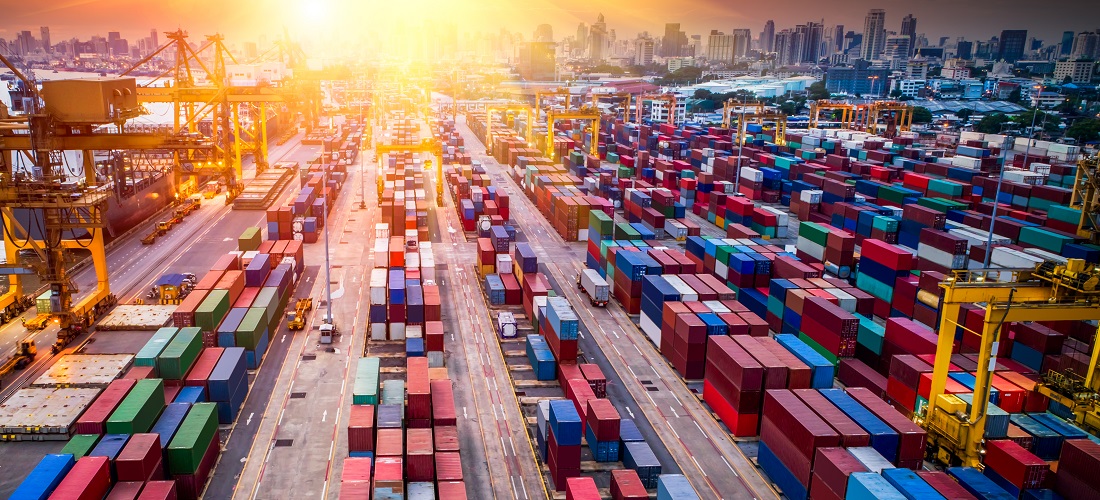
Companies extend the service life of vessels and containers to overcome logistical crisis
Mar, 25, 2022 Posted by Gabriel MalheirosWeek 202212
Russia’s war on Ukraine exacerbated the logistics bottleneck caused by the Covid-19 pandemic, raising sea freight prices, increasing the costs of acquiring new vessels, and causing a global container shortage. In response to the situation, maritime transportation companies are extending the service life of vessels by two years and containers by up to three years by investing in equipment maintenance.
Globo Rural confirmed these plans with Carlos Rocha, Fleet Management at Aliança Navegação e Logística, a company that is part of the Maersk group, one of the largest ship operators in the world. “I believe it’s an intelligent strategy because we don’t know how long this situation will last.”
Service life of Vessels
Ship prices skyrocketed. Vessels capable of transporting 15,000 20-foot containers cost between US$ 100 and US$ 110 million, while ships designed to transport 20 to 24 thousand containers cost around US$ 150 million. Recent increases in the cost of acquiring ships have ranged from 35% to 50%. A ship’s service life is estimated to be 20 years.
Vessels must be dry-docked every five years for a complete overhaul. According to Rocha, purchasing a new ship is now too expensive, as opposed to eight years ago when shipowners were retiring sips as old as ten years old. Maersk’s fleet consists of 700 ships, 400 of which are owned. Aliança uses eight of these in cabotage navigation in Brazil, transporting goods from the south to the north of the country.
In addition, evaluating the costs of changing onboard equipment that needs to be updated is unavoidable. The same goes for engine technology, as it defines fuel consumption and the level of carbon dioxide emissions. According to the executive, there is a tendency among shipowners to increase the use of ships powered by methanol and ammonia to reduce pollution.
Containers
Rocha explains that extending the service life of containers became a necessity with the Covid-19 pandemic, which has closed ports around the world and reduced the flow of global trade. As the pandemic approaches its end, these issues are being aggravated by increased trade flows and the war in Ukraine.
“E-commerce boomed in the pandemic. The US started to consume much more, and, thus, the demand for containers increased, amounting to significant disruptions in the supply chain,” he explains. The amount of time container lines can keep a container depends on how much they use it, with a maximum of three years. Food transport containers have a “premium” status because they adhere to regulations to ensure hygiene and transport quality. “These containers are worth preserving because there will be no way to replace them in the short term. Service life extension will inevitably occur within the next two to three years,” he claims.
Aliança transports products from north to south, including ready for sale sacks of rice, as well as big bags of rice, beans, sugar; canned products such as peas, palm hearts, and corn; and lots of fertilizers. “Nearly 80% of the rice consumed in the north of Brazil is transported on an Aliança ship,” he says. Transportation is not done in bulk carrier vessels because of the long lines to load ships at the Port of Paranaguá, he explains.
Source: Globo Rural
To read the full original article, please go to:
-
Ports and Terminals
Apr, 20, 2023
0
SPIC Brasil, Ceará state sign MoU for renewable energy projects in Pecém
-
Trade Regulations
Jun, 27, 2019
0
Macron unwilling to sign Mercosur trade deal if Brazil withdraws from climate agreement
-
Shipping
Dec, 13, 2021
0
Fatal collision between Danish and British vessels
-
Meat
Jan, 14, 2022
0
Brazil’s BRF, Saudi investment fund sign MOU


